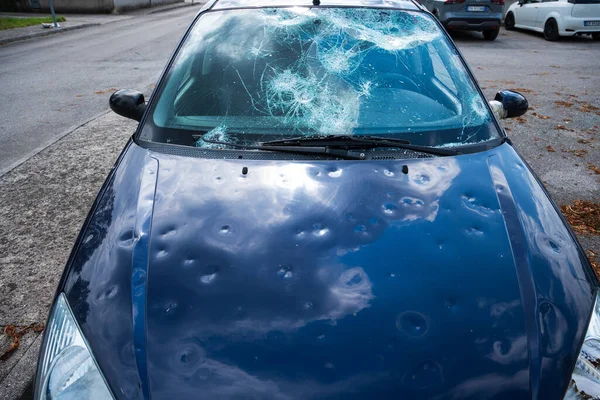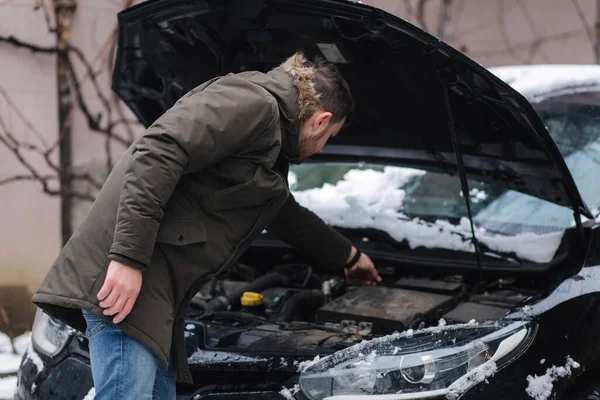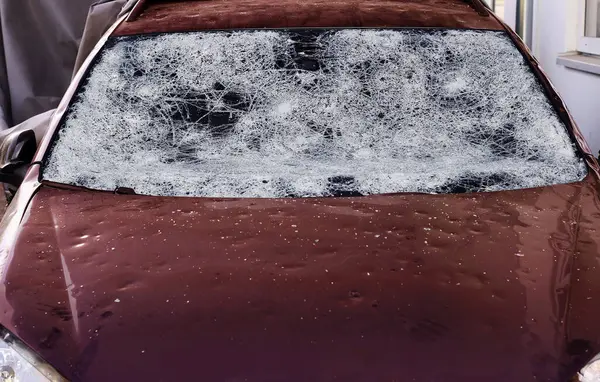Hail Repair Excellence: Techniques To Bring Your Vehicle Back To Life
Hailstorms can wreak havoc on vehicles, leaving behind a trail of dents and dings that mar the once-pristine exterior. Whether it's a light peppering or a barrage of hailstones, the damage can be disheartening for any vehicle owner. However, there's good news: modern hail repair techniques can effectively restore your vehicle to its former glory. In this article, we'll explore the art and science of hail repair excellence, uncovering the techniques that professionals employ to bring vehicles back to life.
Understanding Hail Damage
Before delving into repair techniques, it's essential to understand the nature of hail damage. Hailstones vary in size and hardness, ranging from small pellets to larger, dense chunks of ice. When hail strikes a vehicle, it can create dents of various sizes and depths, depending on factors such as the velocity of impact and the composition of the vehicle's panels.
Traditional methods of repairing hail damage often involved extensive bodywork, including sanding, filling, and repainting affected areas. However, these approaches were time-consuming, costly, and could result in a loss of the vehicle's original finish.

Paintless Dent Repair (PDR): The Gold Standard
Paintless Dent Repair (PDR) has emerged as the gold standard for hail damage repair, revolutionizing the industry with its effectiveness and efficiency. Unlike traditional methods, PDR preserves the vehicle's factory finish, making it an attractive option for owners of newer or high-end vehicles.
At its core, PDR involves manipulating the metal from behind the panel to massage out dents, restoring the surface to its original shape without the need for filler or paint. This technique requires precision and skill, as technicians must carefully assess each dent and apply controlled pressure to reshape the metal.
The PDR Process
The PDR process begins with a thorough assessment of the hail damage. Technicians inspect the vehicle under specialized lighting to identify dents and determine their size, location, and accessibility. This assessment helps develop a strategy for repairing the damage effectively.
Once the assessment is complete, technicians gain access to the backside of the affected panels, either through existing openings or by removing trim pieces. Using specialized tools, they then apply pressure to massage the dents out gradually, working from the outer edges toward the center to prevent creases or further damage.
Throughout the repair process, technicians meticulously monitor their progress, ensuring that each dent is properly addressed. Depending on the severity of the damage, multiple passes may be necessary to achieve optimal results.
Advanced Techniques in PDR
While the basic principles of PDR remain consistent, advancements in technology and technique have led to more precise and efficient repairs. Here are some advanced techniques used by skilled technicians:
Heat Induction:
Heat induction involves using specialized equipment to apply controlled heat to the backside of the panel, allowing technicians to manipulate the metal more easily. This technique is particularly useful for larger or more stubborn dents.
Glue Pulling:
In cases where accessing the backside of the panel is challenging, technicians may utilize glue pulling. This technique involves applying specialized adhesive tabs to the surface of the dent and using a pulling device to gradually lift the metal back into place.

Dent Removal Tools:
Technological advancements have led to the development of innovative dent removal tools, including precision rods and blending hammers, which allow technicians to exert controlled pressure and achieve finer adjustments.
Quality Assurance and Finishing Touches
Once the dents have been successfully repaired, technicians perform a final inspection to ensure the quality of their work. Any remaining imperfections are meticulously addressed, ensuring that the vehicle's surface is smooth and free of blemishes.
In some cases, paintless dent repair may be complemented by minor paint touch-ups to address scratches or paint chips resulting from the hail damage. However, these touch-ups are minimal compared to traditional refinishing methods, preserving the integrity of the vehicle's original paint.
The Benefits of PDR
Paintless Dent Repair offers numerous benefits for vehicle owners:
- Cost-Effectiveness: PDR is often more affordable than traditional repair methods, saving owners both time and money.
- Time Efficiency: PDR typically requires less time to complete compared to conventional bodywork, allowing owners to get back on the road sooner.
- Preservation of Value: By preserving the vehicle's original finish, PDR helps maintain its resale value and aesthetic appeal.
- Environmentally Friendly: PDR produces minimal waste and avoids the use of harmful chemicals associated with traditional refinishing processes.
Choosing a Qualified PDR Technician
While PDR offers many advantages, the quality of the repair ultimately depends on the skill and expertise of the technician. When selecting a PDR provider, consider the following factors:
- Experience: Look for technicians with extensive experience in hail damage repair and a proven track record of success.
- Certification: Choose technicians who are certified and trained in PDR techniques, ensuring that they adhere to industry best practices.
- Reputation: Research reviews and testimonials from previous customers to gauge the reputation of the PDR provider.
- Guarantees: Opt for providers who offer warranties or guarantees on their workmanship, providing peace of mind for the customer.
Hail damage can be a frustrating experience for vehicle owners, but with the advancements in paintless dent repair, restoring your vehicle to its former glory has never been easier. By leveraging techniques such as heat induction, glue pulling, and precision tools, skilled technicians can effectively repair dents without compromising the vehicle's original finish.
When choosing a PDR provider, prioritize experience, certification, and reputation to ensure the best possible outcome. With the right expertise, your vehicle can emerge from the storm unscathed, ready to hit the road once again.
110 E 43rd St, Suite 120
Garden City, Idaho 83714, USA
Phone: (208)-251-5338

